The Secret to Special Batteries for IoT Devices
Nowadays, it's hard to find an unconnected device anywhere. According to Stringify CTO Dave Evans, another 127 "things" are connected to the Internet every second, and Gartner predicts there will be 25 billion IoT devices by 2021. Connected devices are valuable only for the data they collect, the knowledge they impart, and the actions they take from the analysis of the data. This applies not only to larger, high-profile applications such as smart homes and cities but also to a growing number of smaller IoT applications. These smaller applications (such as smart tags, smart packaging, smart pills, smart tags, smart CARDS, smart medical devices, and various wearable devices) affect life and business every day.
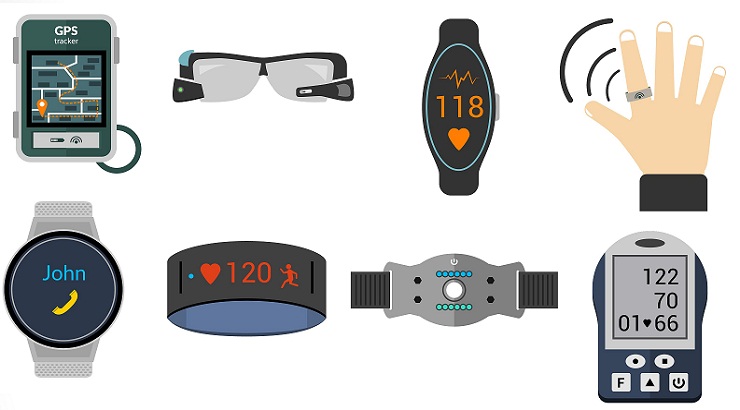
As more and more things become connected devices, the type of power they use comes into play.
They play a surprisingly large role in how effectively they sense and transmit data, and how available (and therefore frequently used) they are. By virtue of their thick, rigid conventions, manufacturers of off-the-shelf batteries often suffer from design constraints that limit their success.
Advances in energy storage could make devices truly usable
Energy storage solutions are more advanced than many manufacturers realize. New battery innovations give manufacturers the freedom to create truly user-friendly IoT devices for efficient data sensing and transmission. Lightweight, thin, flexible and flexible next-generation high-performance battery solutions can be seamlessly integrated into connected devices. This results in a more aesthetically pleasing design of the device's hardware, which provides better user experience and higher comfort, and ultimately leads to wider market adoption.

For example, if a patch used for monitoring biometric features or for therapeutic purposes is embedded in a thick, rigid battery unit, the user is uncomfortable to wear it. This discomfort limits its use time, resulting in a small amount of data collection that is not conducive to analysis. However, if the patch has a seamless integration of thin and flexible batteries, it will not interfere with their daily activities. In fact, the user is not even aware of wearing it. This will naturally increase usage. As each consumer USES patches more frequently, more data can be collected and more valuable feedback can be provided.
Key advances in special batteries
So how flexible are special batteries? Very much. Even if the battery is curved, the battery still has the same charge-discharge performance as the non-curved battery. For devices that need to be bent or bendable, this flexibility must be provided and ultimately help consumers to use them comfortably. Other major advances in special batteries are related to weight, safety, customization, and thinness. The battery thickness can be as low as 0.4mm. This thickness is useful for sensors, smart CARDS, wristbands and other applications where weight and thickness are critical to success. These functions are also key to enabling the battery to fit into the narrow space in the device's hardware.
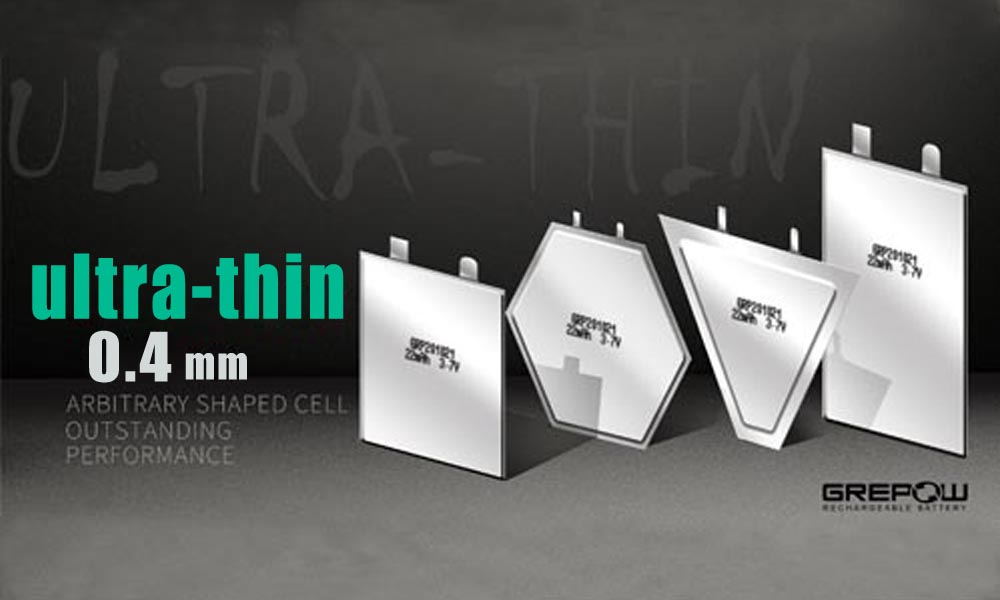
The next generation of batteries must also be safer. Even if manufacturers make great efforts to ensure the battery's durability and international safety tests are required, this is no guarantee that the battery will not overheat, explode or leak. Special rechargeable batteries made with lithium polymer electrolyte technology have higher safety than those made with liquid electrolyte. The electrolytes in special batteries are highly resistant to heat and do not leak when punctured. Manufacturers can now choose to customize special flexible batteries to make better use of the space and hardware design of their devices, rather than using off-the-shelf rigid batteries. Engineers and designers can now leverage battery manufacturers' custom services to create flexible battery solutions without having to revisit their designs at the end of the creation process because these off-the-shelf batteries are not suitable for optimized product designs. Best meets its size, capacity, thickness and shape requirements, and provides a better user experience.

As many things become "smart", competition among makers of connected devices is fiercer than ever.
The type of battery that device makers use to power or transmit data to smart devices or their components plays an important role in the innovation and utility of their devices, as well as the purchasing power to attract users.
The next generation of special batteries is key to delivering the highly available, aesthetically pleasing and reliably connected devices that give forward-looking IoT device makers a competitive advantage.
Related Articles
-

Vatican Drone Show: Where Technology Meets Faith
2025-09-15 -
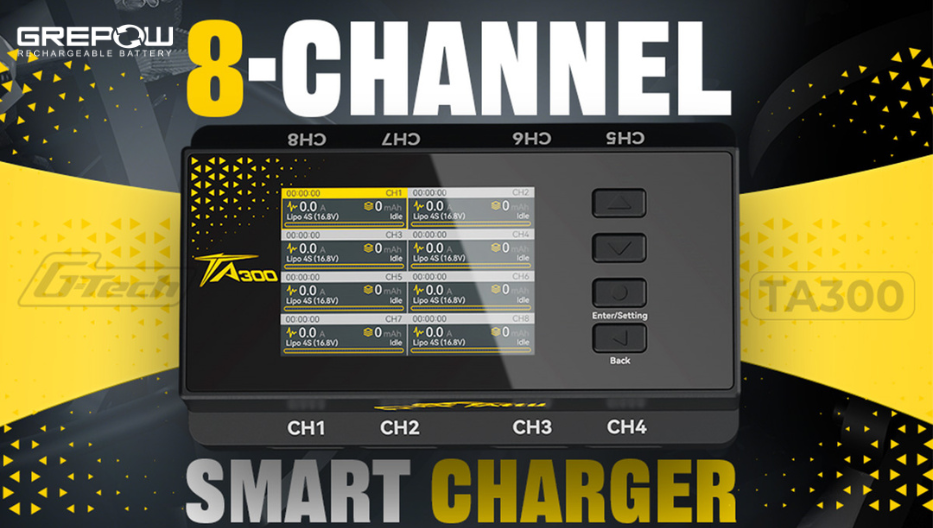
New Release: Tattu TA300 Multi-Channel Smart Charger for Drone Soccer
2025-09-12 -
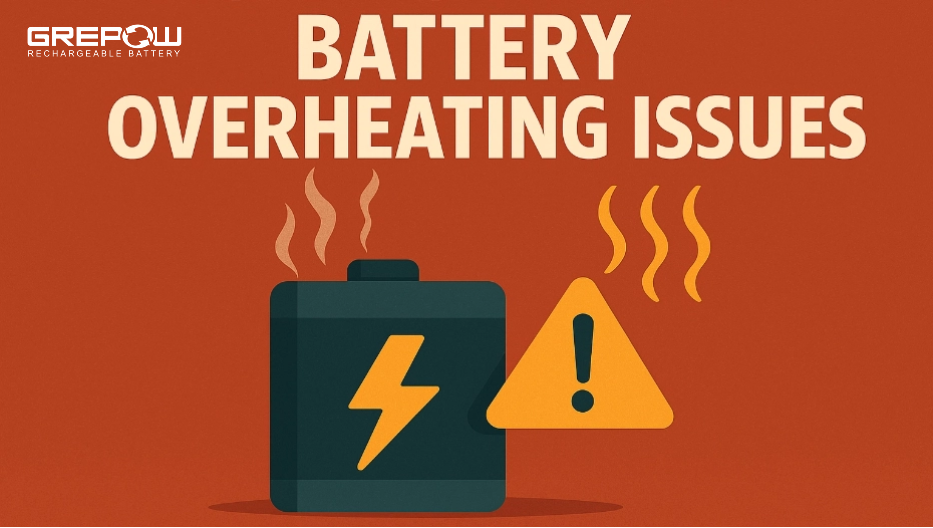
How to Handle Battery Overheating Issues?
2025-08-12
Related products
-
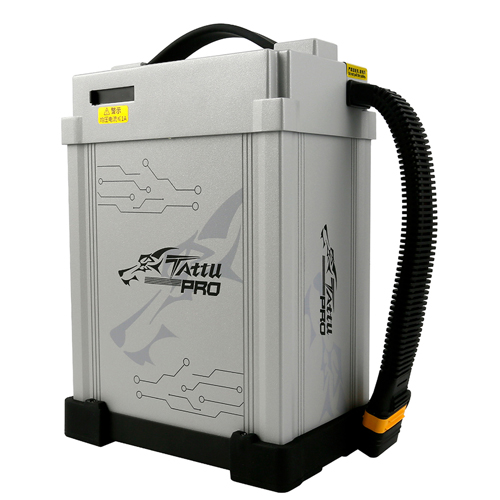
Tattu Pro 14S Lipo 22000mAh 51.8V Smart UAV Drone Battery Pack
-
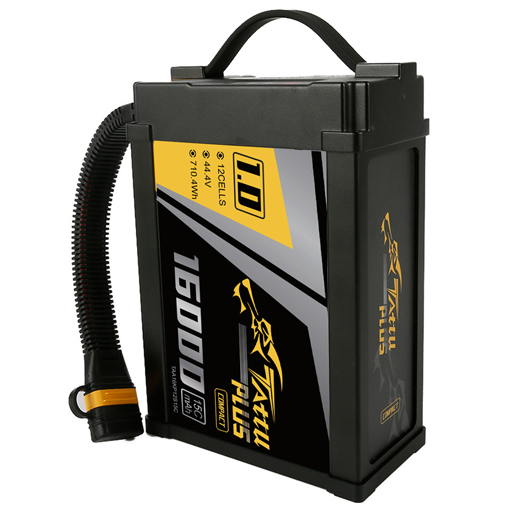
Tattu Plus 1.0 Compact 12S 16000mAh 44.4V 15C Lipo Smart Drone Battery
















































